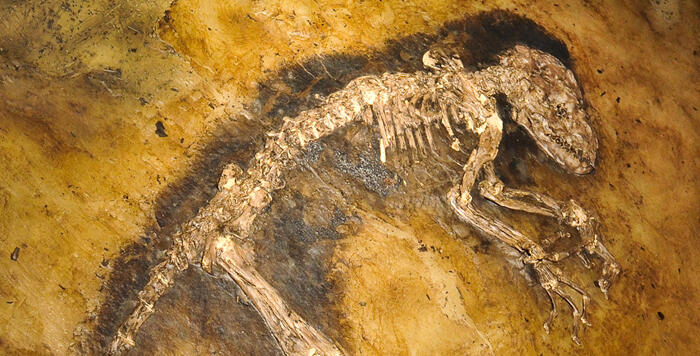Extreme Mammals
May 16, 2009 — January 3, 2010

Extreme Mammals is organized by the American Museum of Natural History, New York, in collaboration with the California Academy of Sciences, San Francisco; Canadian Museum of Nature, Ottawa, Canada; and Cleveland Museum of Natural History.
Major funding for Extreme Mammals has been provided by the Lila Wallace-Reader's Digest Endowment Fund.
Additional generous support for Extreme Mammals has been provided by the Bill and Ann Ziff Foundation and Harlan B. Levine, MD and Marshall P. Levine.